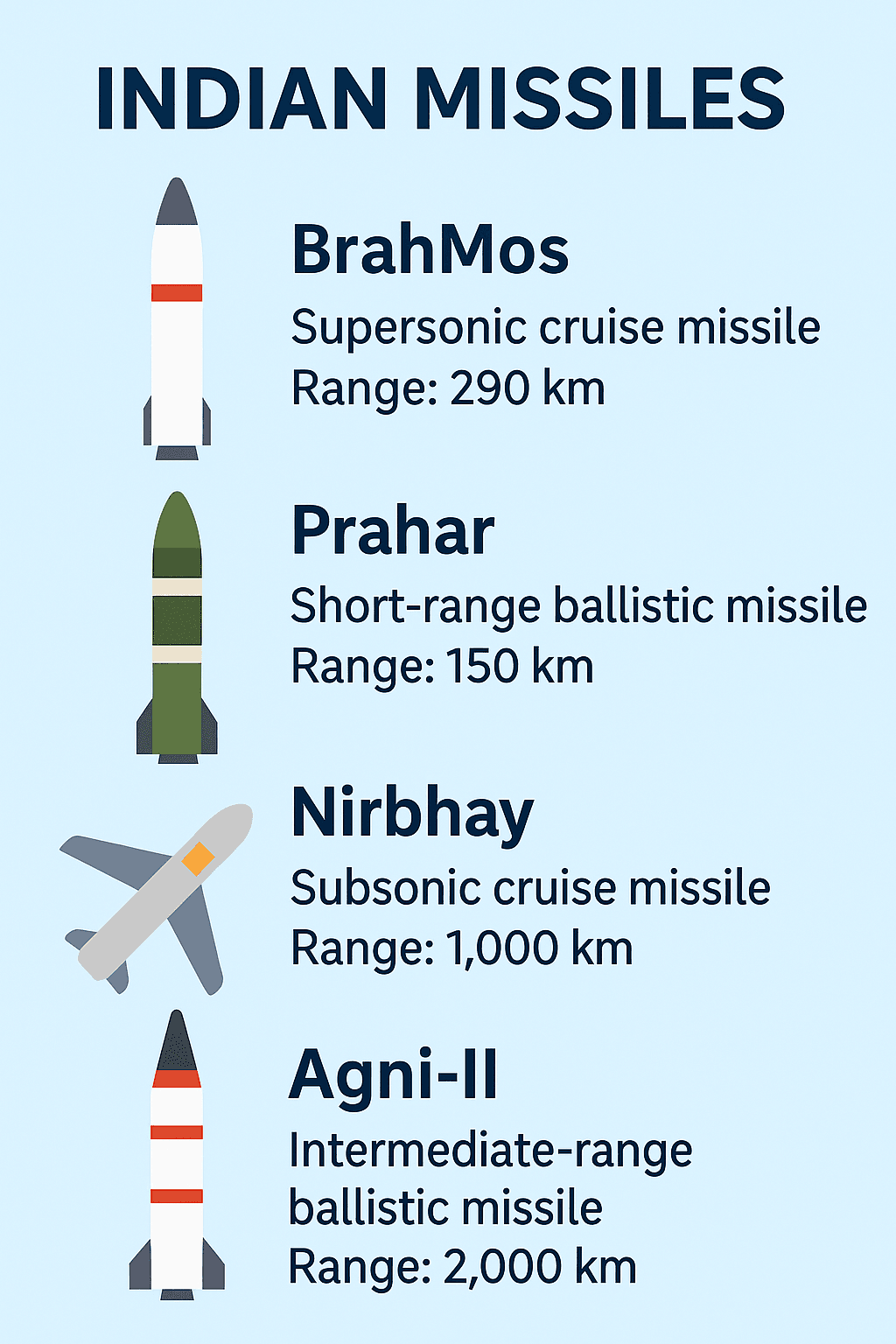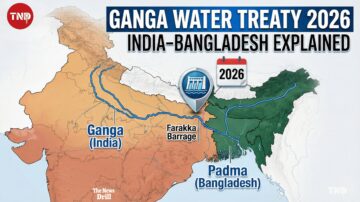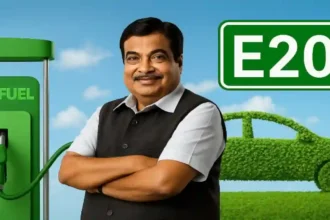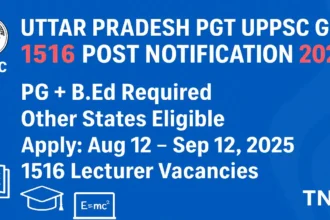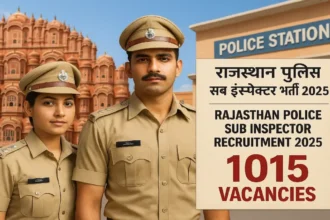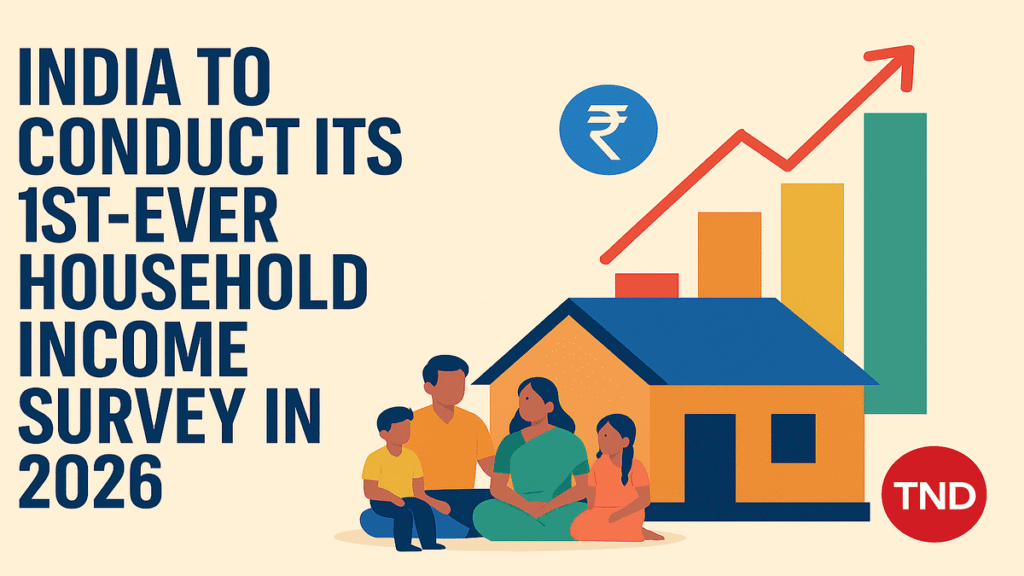
In a landmark decision that promises to reshape how India views and manages income related policymaking, the Ministry of Statistics and Programme Implementation (MoSPI) has announced the launch of the first ever Household Income Survey in 2026. The initiative marks a significant milestone in India’s data ecosystem, particularly in measuring income distribution across diverse population segments. This is the first time India will directly collect detailed household income data, rather than inferring it from proxies such as consumption expenditure.
- What is the Household Income Survey?
- Why Has India Never Conducted a Direct Income Survey Before?
- What Makes This Survey a Game Changer?
- Role of MoSPI and NSS
- Survey Design and Methodology
- Economic and Policy Implications
- Anticipated Challenges
- Global Context and Relevance
- Voices from the Policy Community
- Timeline of Events
- Conclusion: A New Era for Data Driven Governance
- Frequently Asked Questions (FAQs)
- What is the Household Income Survey 2026?
- Who is conducting the Household Income Survey?
- Why has India never conducted an income survey before?
- What makes this survey different from previous NSS surveys?
- When will the Household Income Survey begin?
- How will the income data be collected?
- Will the survey include informal sector and self-employed households?
- Will this survey data be made public?
- Can people refuse to participate in the survey?
- How will this survey help the government?
The National Sample Survey (NSS), which has been at the heart of India’s data collection efforts since 1950, will conduct the fieldwork and technical operations for this Household Income Survey, using state of the art tools, robust sampling techniques, and global best practices.
What is the Household Income Survey?
The Household Income Survey is an ambitious attempt by the Indian government to gather comprehensive, direct, and real time data on income levels of households across all states and union territories. Unlike previous surveys that mainly focused on expenditure and consumption, this survey will zero in on income sources, stability, disparities, and regional differences, giving the country its first direct income dataset from the ground up.
This marks a paradigm shift in India’s approach to economic planning and poverty measurement. The survey is also expected to support targeted policymaking, boost data transparency, and complement global databases such as those maintained by the World Bank, IMF, and ILO.
Why Has India Never Conducted a Direct Income Survey Before?
Despite being one of the most populous and economically diverse nations, India has never conducted a nationwide household income survey. Historically, the government has used Household Consumer Expenditure Surveys (HCES) and Periodic Labour Force Surveys (PLFS) as proxies for income data.
However, these methods often fall short in measuring actual earnings, particularly in the informal sector, which accounts for nearly 80–90% of India’s workforce. Consumption based measures can also misrepresent income inequality, leading to underestimation of poverty and income gaps.
What Makes This Survey a Game Changer?
The upcoming Household Income Survey is expected to fill a crucial void in India’s data landscape. Here’s why this initiative is being hailed as a game changer:
1. Direct Measurement of Household Income
This will be the first direct statistical measurement of income earned by Indian households, including earnings from wages, salaries, business, property, agriculture, remittances, and social security transfers.
2. Improved Policy Targeting
Reliable income data will improve welfare targeting, enabling more effective subsidy design, income tax reform, poverty alleviation programs, and social protection policies.
3. More Accurate Measurement of Inequality
The survey will facilitate the calculation of critical indicators like Gini Index, Palma Ratio, and poverty gap ratio using actual income data rather than estimated proxies.
4. Enhanced Global Comparability
By aligning with international methodologies, this move will improve India’s global data comparability, allowing better performance assessment under UN SDGs, World Bank poverty rankings, and OECD income statistics.
Role of MoSPI and NSS
The Ministry of Statistics and Programme Implementation (MoSPI), the apex agency responsible for official statistics in India, is spearheading the initiative. The actual implementation will rest with the National Sample Survey Office (NSSO) under MoSPI, well known for conducting nationwide surveys such as:
- NSS Consumer Expenditure Survey
- Periodic Labour Force Survey
- Health and Morbidity Surveys
- Time Use Surveys
The Household Income Survey will be part of the 78th Round of the NSS, and MoSPI has confirmed that fieldwork will begin in mid-2026. Training and pilot phases will be conducted in early 2026 to test the methodology and questionnaire design.
Survey Design and Methodology
According to MoSPI officials, the Household Income Survey will employ a stratified, multistage sampling design. Key features include:
- Urban and rural strata for more granular regional analysis.
- Coverage of all income quintiles, including high income and ultra poor groups.
- Self employment and informal sector specific modules.
- Use of Computer Assisted Personal Interviewing (CAPI) tools for higher data accuracy.
- Cross validation of responses through administrative records where possible.
The survey will collect monthly, annual, and source wise income data, capturing fluctuations and seasonal variations, especially for agricultural and self employed households.
Economic and Policy Implications
The Household Income Survey is poised to influence nearly every aspect of Indian policymaking:
1. Taxation Policy
India’s direct taxation framework often lacks granularity due to poor income data. The new survey can help improve income tax slabs, deduction structures, and even wealth redistribution mechanisms.
2. Welfare Program Design
Schemes like PM-Kisan, Ayushman Bharat, and Mahatma Gandhi National Rural Employment Guarantee Act (MGNREGA) will benefit from better targeting using verified income levels.
3. Urban and Rural Development
Income data will guide urban planning, rural outreach, and housing policies, particularly in slum upgrading and inclusive infrastructure design.
4. Financial Inclusion
Banks and NBFCs will benefit from updated income data to assess creditworthiness, fine tune micro lending, and design customized financial products.
Anticipated Challenges
While the launch of the Household Income Survey is a welcome move, it comes with certain implementation challenges:
- Data Underreporting: Income is often underreported due to tax fears, social stigma, or irregular earnings.
- Informal Sector Complexity: Capturing income in India’s massive informal sector will be difficult without trust building and precise questioning.
- Enumerator Training: Ensuring that enumerators ask questions neutrally and accurately is critical.
- Respondent Fatigue: Long questionnaires might discourage full disclosure.
MoSPI is working on these issues by investing in extensive training, pilot studies, and robust audit mechanisms.
Global Context and Relevance
Countries like the United States (via CPS), UK (Family Resources Survey), and Germany (SOEP) have long running income surveys. India’s inclusion in this list will significantly enhance its statistical infrastructure, allowing its policymakers to craft data driven economic strategies.
Voices from the Policy Community
Dr. Pronab Sen, former Chief Statistician of India:
“The launch of a national Household Income Survey is a long overdue reform. Consumption surveys are great, but they can’t substitute for income data when it comes to designing social protection systems.”
Prof. Jean Drèze, Economist and Social Scientist:
“I hope the survey is designed with care and transparency. The Indian poor are not just consumers; they are earners too often invisible ones. This survey could help make them visible.”
Timeline of Events
| Phase | Tentative Timeline |
|---|---|
| Questionnaire Finalization | Nov 2025 |
| Enumerator Training | Jan–Feb 2026 |
| Pilot Survey | March 2026 |
| Nationwide Rollout | July 2026 onwards |
| Preliminary Report | Mid-2027 |
| Final Results | End-2027 |
Conclusion: A New Era for Data Driven Governance
The launch of India’s first Household Income Survey in 2026 signals a bold step toward data driven governance, evidence based policymaking, and transparent welfare economics. By directly measuring household income, the government can more accurately assess inequality, reform tax policies, and enhance the effectiveness of social safety nets.
With NSS at the helm and MoSPI’s strategic oversight, India is on track to set a global benchmark in income data collection. The road ahead will require coordination, transparency, and sustained commitment but the reward is nothing short of transforming India’s economic policy making landscape.
Stay Connected with The News Drill for more updates. Stay informed. Stay updated. Stay Ahead.
For queries, updates, or to submit feedback on the Household Income Survey: Email: contact@thenewsdrill.com
📨 Submit tips: editor@thenewsdrill.com
Frequently Asked Questions (FAQs)
What is the Household Income Survey 2026?
The Household Income Survey 2026 is India’s first nationwide initiative to collect direct income data from households. Unlike previous surveys that relied on expenditure or consumption data, this survey will gather detailed information on income sources like wages, business earnings, rent, pensions, remittances, and agriculture.
Who is conducting the Household Income Survey?
The Ministry of Statistics and Programme Implementation (MoSPI) is leading the effort. The National Sample Survey Office (NSSO), under MoSPI, will handle the design, fieldwork, and data processing of the survey.
Why has India never conducted an income survey before?
India has historically used Household Consumer Expenditure Surveys (HCES) and Periodic Labour Force Surveys (PLFS) to estimate income indirectly. Direct income surveys were avoided due to complexities in data collection, especially in the informal sector. The 2026 survey aims to bridge this gap.
What makes this survey different from previous NSS surveys?
This is the first NSS survey to directly collect household income data, as opposed to inferring it from consumption. It will include source wise income breakdowns, capture seasonal and irregular income, and align with global best practices for income surveys.
When will the Household Income Survey begin?
The full rollout is scheduled for July 2026 after pilot testing and training in early 2026. Final results are expected by end 2027, with preliminary reports likely to be available in mid 2027.
How will the income data be collected?
Enumerators will use Computer Assisted Personal Interviewing (CAPI) devices. Households will be surveyed on income from multiple sources. The survey will be stratified to ensure representation across states, income levels, and rural-urban divides.
Will the survey include informal sector and self-employed households?
Yes, the survey has been designed to include informal sector workers, daily wage earners, and self-employed individuals, who are often missed or underrepresented in formal income statistics.
Will this survey data be made public?
Yes, like most NSS datasets, the Household Income Survey data will be anonymized and made available to researchers, policymakers, and the public after initial validation and quality checks by MoSPI.
Can people refuse to participate in the survey?
Participation in NSS surveys is voluntary, but the data is crucial for national development. MoSPI ensures full confidentiality and data privacy. Households are encouraged to participate truthfully.
How will this survey help the government?
Reliable income data will support:
Welfare targeting and subsidy delivery
Poverty measurement
Taxation and fiscal planning
Labour market assessments
Design of social protection programs





